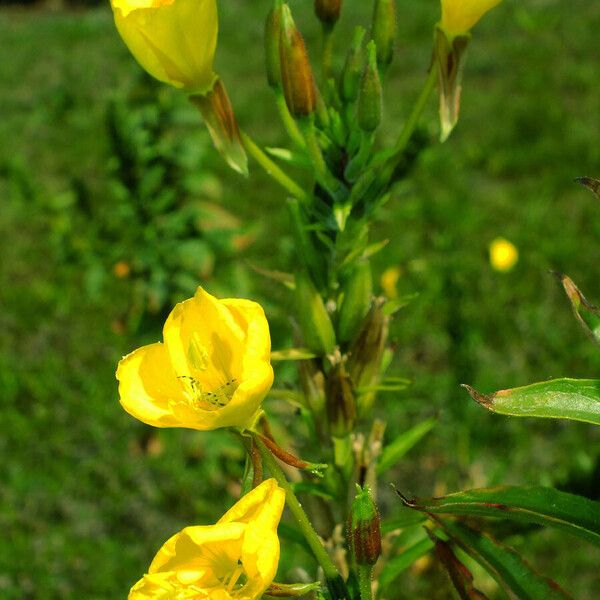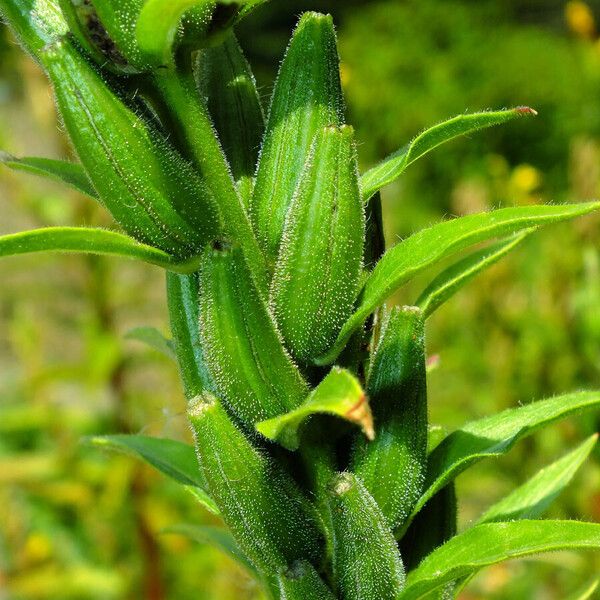Observação
Determinação
Determinação proposta
Nome provável (Nome submetido)
100%Pontuação de confiança
Sugerir outra determinação
Não concorda com as espécies sugeridas mas não tem outra sugestão
Comentários
Dados adicionais
Criação de dados
18 de ago de 2024
Última revisão
18 de ago de 2024
Łódź, Botanical Garden
Native to eastern and central North America and widely naturalized in temperate and subtropical regions.
Edible plant - roots cooked. boiled and eaten like salsify, fleshy, sweet and succulent with peppery taste somewhat resembling salsify or parsnips; young shoots raw or cooked, mucilaginous, with a peppery flavour, they are best used sparingly; flowers sweet, used in salads or as a garnish; young seedpods cooked and steamed.
Herbal plant - the bark and the leaves are astringent and sedative, they have proved of use in the treatment of gastro-intestinal disorders of a functional origin, whooping cough and asthma; a syrup made from the flowers is also an effective treatment for whooping cough; the oil obtained from seeds has become a well-known food supplement, research suggests that the oil is potentially very valuable in the treatment of multiple sclerosis, pre-menstrual tension, hyperactivity, etc.; the poulticed roots are applied to piles and bruises; a tea made from the roots is used in the treatment of obesity and bowel pains.
Useful plant - a yellow dye is obtained from the flowers; a finely ground powder made from the flowering stems is used cosmetically in face-masks to counteract reddened skins.
Compartilhado em
Grupos (16)





